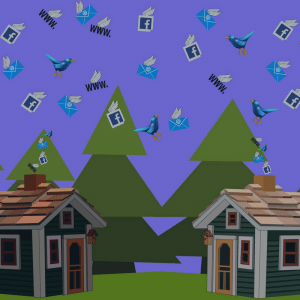 Social media means lots of things to lots of people.
Social media means lots of things to lots of people.
Here’s a list of just some of the key elements of why people use social media:
- To keep in touch with family and friends.
- To connect with others.
- To have conversations.
- To find information and resources.
- To promote businesses, products and services (if applicable to them).
Needless to say, social media is important and is deeply ingrained in our community and cultural landscapes.
For those of us in the brain injury community, whether we’re survivors or caregivers, social media can serve an even more vital purpose. Not only can it serve us well in the six items noted above, it can be a terrific and helpful way to connect to other brain injury community members across the world. For some of us, social media offers hope, community, and even a lifeline.
So, social media is pretty perfect, yes?
Unfortunately, no. In fact, it’s far from it.
While social media can bring out the best in people, it can also bring out the worst.
Arguments. Ugly and/or uncomfortable posts and tweets. Negativity.
So, what does a social media user do to balance the good and the not-so-good things that come with social media use?
We’ve broken down some helpful tips and strategies to help you manage social media successfully, safely and positively. We have even provided personal tips from a social media expert at the end of this article.
Let’s get started.

